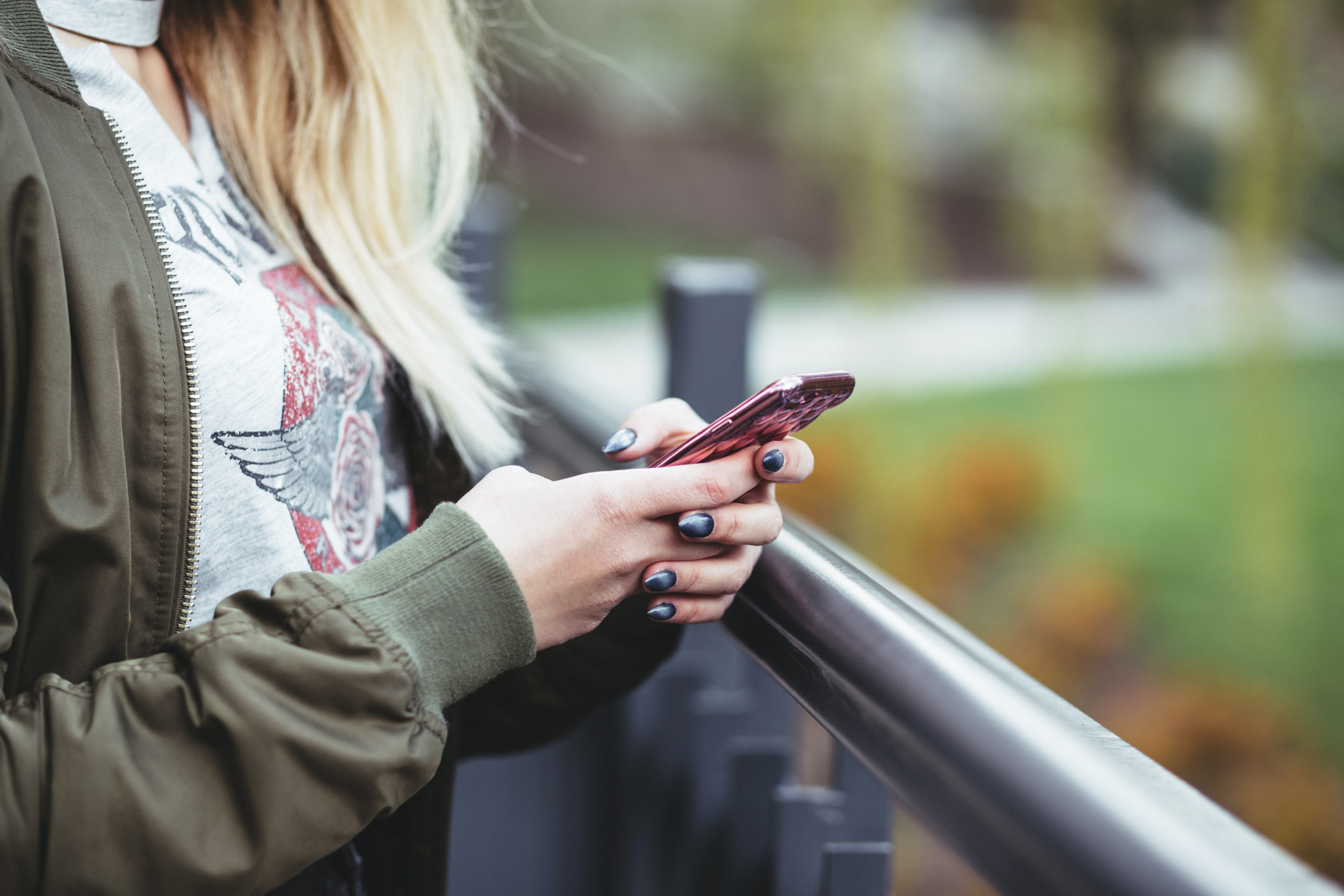Imagine a new technology that combines the power and destructive potential of a car with the lethal addictiveness of a cigarette. We’ll call it DriveX. The astoundingly addictive powers of DriveX come from its ability to factor all your preferences and desires to create a virtual reality experience tailored exactly to each user. It also anticipates what a user might be curious about and constructs those scenes, compelling them to keep driving to see what will appear next. Now, picture this new technology placed into the hands of humans whose frontal cortex—the seat of decision-making and impulse control—won’t be fully developed for another 10 to 15 years.
Thanks to the inherently addictive nature of DriveX and its endlessly generating alternate realities, developing drivers lose themselves in it. Their psychological well being deteriorates, sense of self frays, and neurological pathways of growth and maturation warp. Despite feeling miserable from the negative effects, DriveX users drive on and on, caught in a cycle of compulsion.
While this hyper-addictive supertech scenario may seem like something out of a dystopian TV show like Black Mirror, it’s actually an allegory for the present reality of young people and their relationship to social media.
A few weeks ago, US Surgeon General Dr. Vivek Murthy drove the reality home with a 19-page report warning about the harmful outcomes of prolonged exposure to these platforms. The report says the average teen spends three and a half hours (that’s 24.5 hours a week) on social media. Increasingly, our young people can’t put their phones down on their own and are suffering from it, a fact attested to by a powerful, three-minute animated essay on Nomophobia (the fear of being without a device) created by Arizona high school senior Mariana Meyers this year. It’s clear we urgently need a solution to a dire problem no one knows how to fix.
The way forward isn’t by acts of brute paternalism, like forcing kids to quit social media cold turkey or to banning phone use during school. Banning the sale of alcohol during the Prohibition Era did not curb drinking; banning social media outright will not work either. And while the effort to regulate social media use, as Utah is attempting to do, is a step in the right direction, regulation is only one piece of the solution.
Revisiting the car analogy, we can’t - and don’t - say to our young, “Don’t ever drive; it is too dangerous.” Instead, we teach them how to drive safely via driving school, ease them into the new responsibility by an adult accompanying them for the first year, and with a final driving exam before they earn a driver’s license.
It’s not realistic to make teens attend social media school, or to require them to earn some kind of social media operating license. But we have to acknowledge the reality that, much like the car, digital devices have come to play a huge part of modern life and aren't going anywhere. That means education is the key to empowering young people to call the shots about their relationship with social media. We can do that by equipping them with digital discernment.
Digital discernment is the work of connecting a why to our digital lives and developing a greater awareness of how that digital life impacts our offline one. It starts with behavior change. Young people need actionable, simple practices to swap out for compulsive, automatic, unwanted digital habits. Behavioral design strategies that present hurdles to looking at the phone or logging on to social media reverse engineer the same principles of behavior design that tech companies use to addict us.
We can teach our children to create environmental frictions that force them to pause before they log on and that disrupt mindless scrolling. These frictions can be dead simple and super low-tech. For example, you can tape a small piece of paper on the back of your phone and make a tally mark every time you go to pick it up. (The average iPhone user unlocks their phone at least 80 times a day!) Or, you can screenshot a note that reads “Who or what am I ignoring when I’m checking this phone?” and then set it as your lock screen. Or, you can disrupt doom scrolling by adding a recurring calendar reminder that says, “Will it change anything if I check the news now?” Or you can delete social media apps from your phone every weekend and reinstall them on Monday.
Though all of these are simple actions, coming up with tricks like these when you’re already addicted is nearly impossible. And growing a capacity for digital discernment doesn’t just happen. It can be developed most effectively via formalized, thoughtful digital behavior education that empowers young people to navigate the digital landscape responsibly, and equips them to do the work of establishing healthy digital boundaries through behavioral design tactics like habit stacking, i.e. “I can only look at social media between finishing homework assignments” or “Once I brush my teeth before bed, no more social media between then and when I go to sleep.”
We can explain to young people why breaking the addiction to technology is worthwhile until we’re blue in the face. But putting time on the academic schedule to teach them the skills that allow them to experience the benefits of reduced screen time — benefits like a recovered sense of mental well-being, better focus, enhanced creativity, and stronger interpersonal connections — is a critical missing piece to healthier relationships for teens with social media. All middle and high schools need to teach digital discernment in health class the same way we educate students about other dangers at the intersection of bodily and mental wellness like disordered eating, drug use, and physical abuse.
It’s on us as adults, policy makers, parents, and educators, to give our young people the support they need to grow into empowered digital citizens and tools they need to avoid the behavioral “screen traps” that confront us every day. From there, our young people can overthrow these digital masters and see their devices and social media accounts for what they really are: tools.





